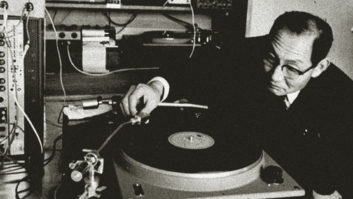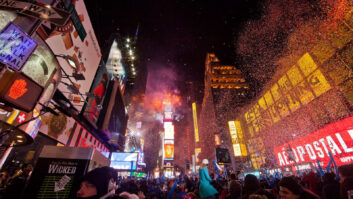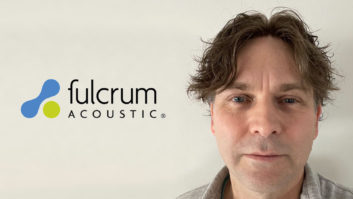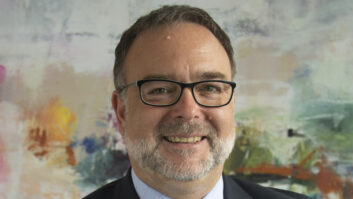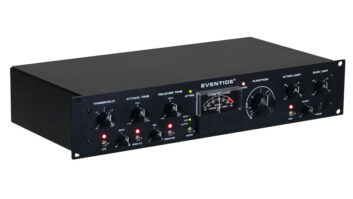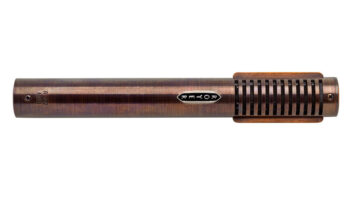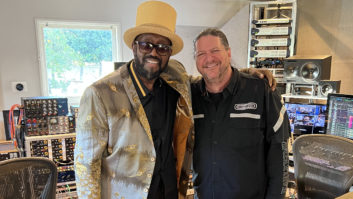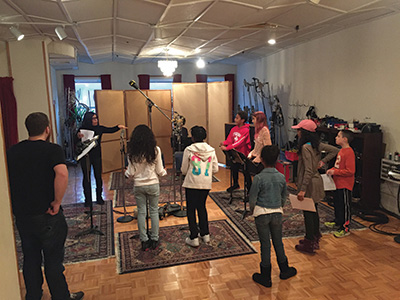
The 1957 film Island in the Sun made it clear that Harry Belafonte was no ordinary entertainer. He was an actor, artist, political activist and creative intellect all rolled into one. He also co-wrote and performed the film’s title song, with lyrics that speak to the harsh labor conditions faced by working-class people in the fictitious country of Santa Marta, and by extension, throughout the world.
Belafonte, still active as he approaches his 90th birthday, thought that having a multicultural group of children record the song might offer a counterweight to the divisive forces that defined the 2016 political season. He enlisted his son David to produce the recording.
David Belafonte looked at a number of recording studios, choosing Sear Sound in New York City, in part, because of the blend of old and new technologies. “You have this incredible old studio with an aggregation of old and new equipment. The microphone cabinet, the modified consoles, there’s just no place like Sear.”
The session was tracked in Studio C, which opened in 2000 and features Sear’s custom console affectionately dubbed the “Frankenconsole,” as it began life as a Sony MCI 36-channel board, later to add mic preamps and an EQ package designed by Avalon.
Tracks were recorded to Pro Tools but mixed off the reproduction side of the ATR 102 that resides in Studio A. “We thought about running the tracks out of Pro Tools into a Studer multitrack and going back into Pro Tools, but for reasons of time and budget we decided to save the analog gear for the mix chain,” Sear chief engineer Chris Allen explains.

The selection of Sennheiser and Neumann mics used on the children’s choir.
To capture the children’s choir, Allen pulled a number of Sennheiser and Neumann microphones out of the studio’s vast collection. A Sennheiser e914 picked up the low end sound emanating from the hole in the back of a cajon and a Neumann TLM170 captured the player’s hands on the front. Three TLM170s were used to record congas.
“Every other percussion layer was recorded with one Sennheiser MKH800, which also served as an overhead mic on the cajon and congas,” Allen says. “We used the MKH800 on the acoustic guitars, as well. The electric guitars were recorded with a Sennheiser e904 and a Neumann TLM67 on the amplifier; a TLM149 was used as a room mic.
“The children’s choir was recorded with one TLM67 in omni mode,” he continues. “The kids stood in a circle around the microphone. We recorded the main melody, doubled it, and then did the same with two layers of harmonies. All of the keyboard overdubs went through Countryman direct boxes.”
Chris Allen and David Belafonte mixed the session at Sear Sound on Neumann KH120 monitors.
The project is expected to be released this spring, with proceeds to benefit various organizations.
